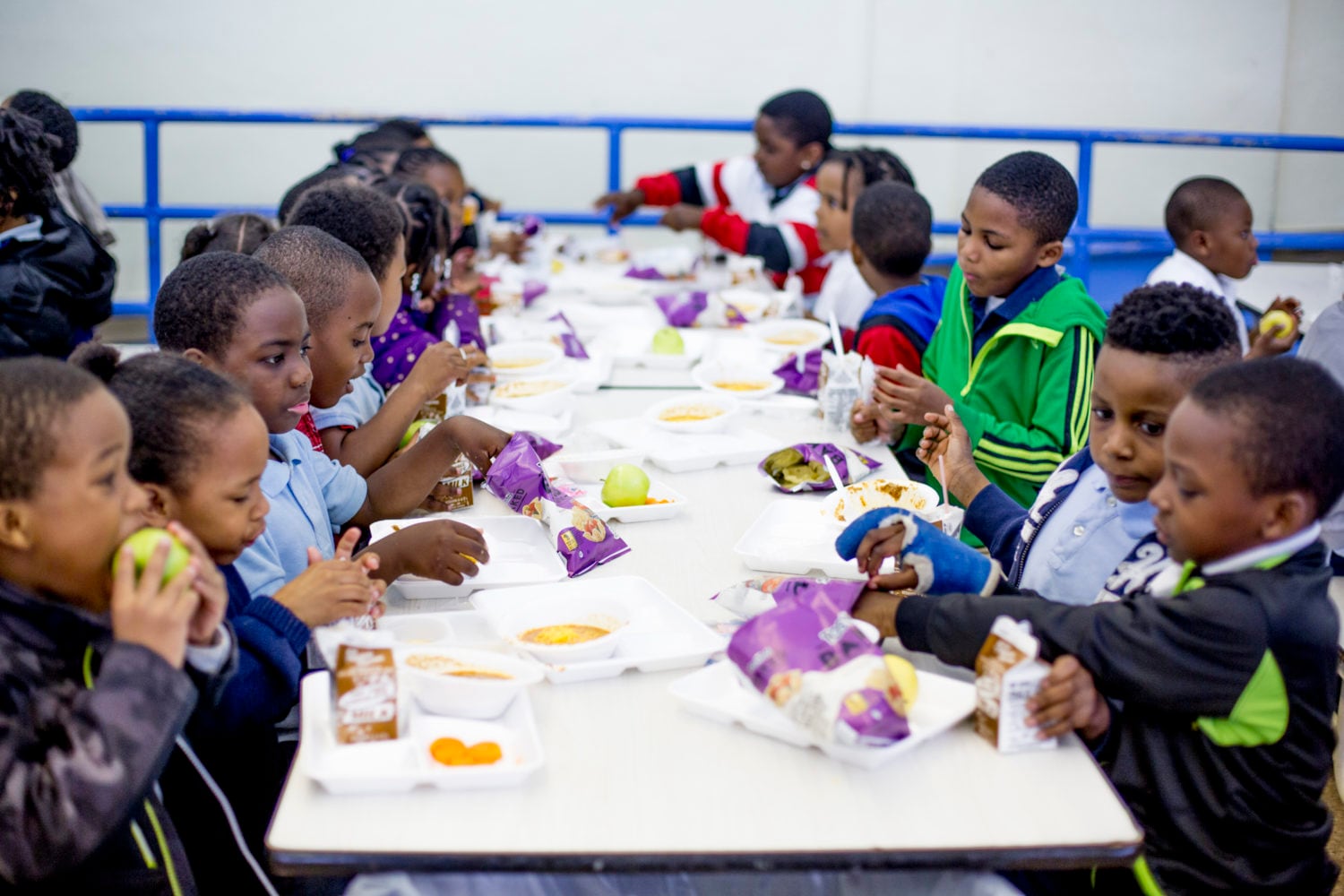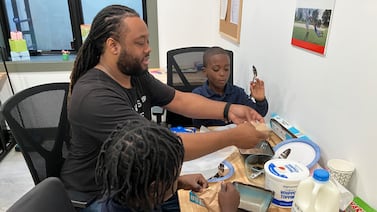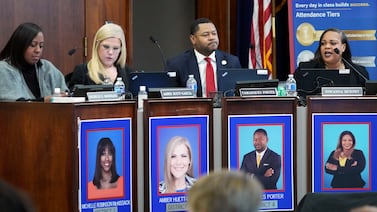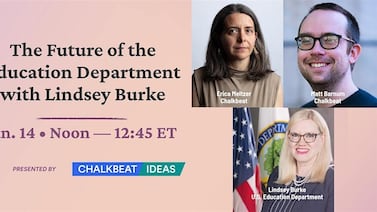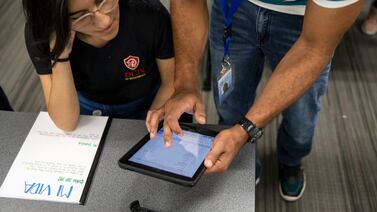Illinois families will once again have to prove that they are eligible for free and reduced-price school meals — signaling the end of a pandemic-era program that allowed schools to provide free meals to all students.
Some Illinois students will continue to receive free or reduced-price breakfast, lunch, and after-school snacks but will have to submit information to local schools to see if they qualify, the state department of education announced on Friday.
During the height of the pandemic, the U.S. Department of Agriculture gave states waivers that allowed all students to receive free school meals. Schools across Illinois were able to create distribution areas where families could pick-up “grab and go lunches.”
News that the pandemic-related federal waivers were set to expire at the end of June sent schools scrambling to find ways to feed students, even as districts grappled with food and staffing shortages and higher prices.
However, in June, the Biden administration passed the “Keep Kids Fed Act” that extended the pandemic waivers through the summer and allowed schools to operate grab-and-go meal programs and deliver food to students. The legislation will also allow districts to continue receiving higher reimbursements for meals this school year.
During the 2022-23 school year, eligible students will be able to access free and reduced-price meals through the federal government’s National School Lunch Program and School Breakfast Program, funded by the U.S. Department of Agriculture.
Districts that serve many low-income students are able to apply for a program that allows them to serve breakfast and lunch to everyone, regardless of income. The state board has approved districts such as Chicago Public Schools, Peoria Public Schools SD 150, and East St. Louis SD 189.
Local school districts can also check to see if a student’s family receives public benefits such as Supplemental Nutrition Programs to qualify for free or reduced-price meals.
In school districts that don’t offer free meals to everyone, families must fill out a form to determine eligibility. Depending on the size and income of a family, students may receive free or reduced-price lunch. For instance, a family of four making about $36,000 would qualify for free or reduced-price meals.
Families should receive a form from their school at the beginning of the school year.
In a press release on Friday, state schools chief Carmen Ayala emphasized the importance of nutritious meals when it comes to a student’s success in the classroom.
“I applaud all of our food service professionals who have gone above and beyond during the pandemic to ensure students across the state continued to have access to the nutrition they needed and who are now supporting students and families through the transition back to regular meal service,” said Ayala.

